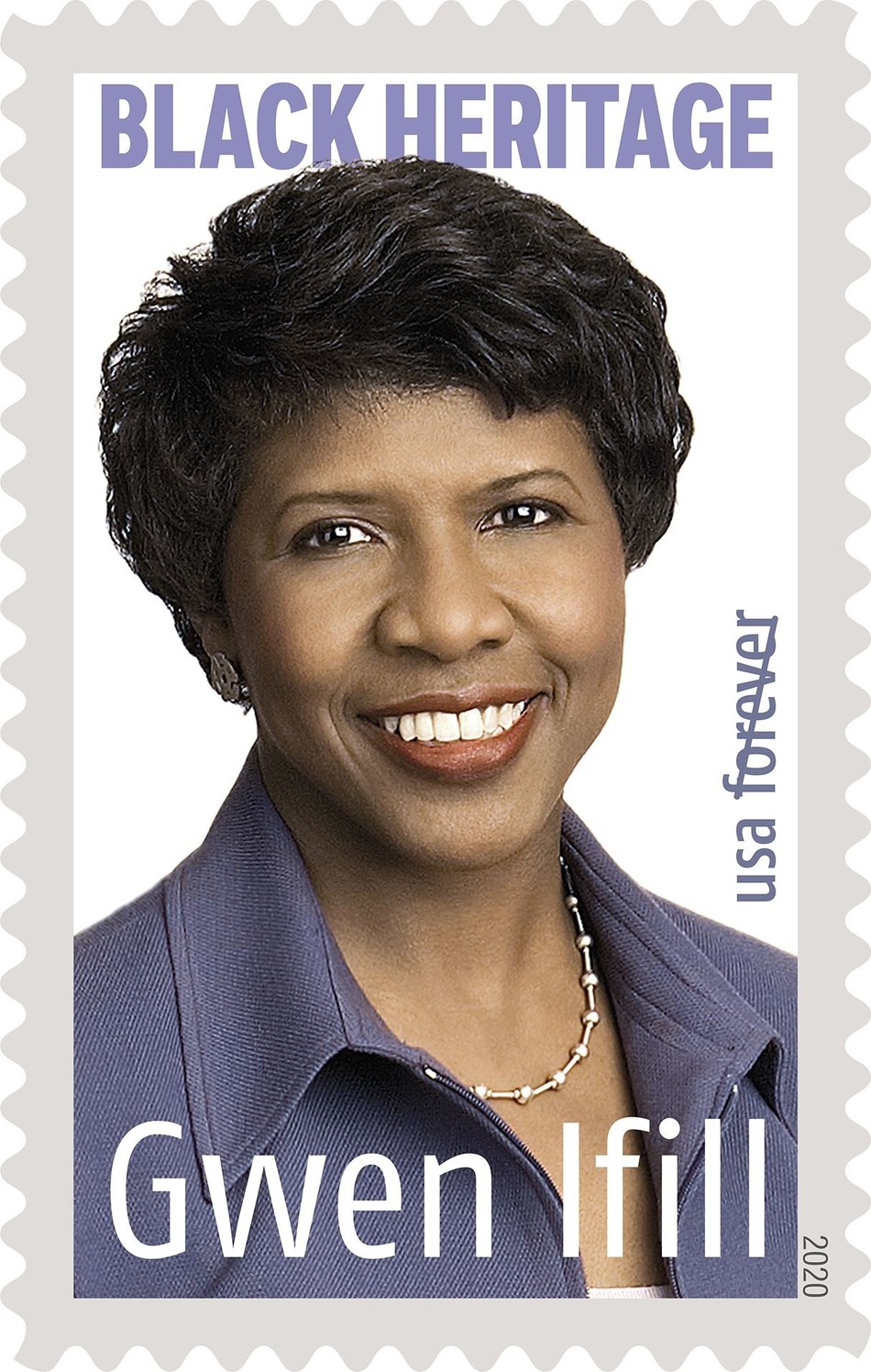![]()
![]()
![]()
![]()
![]()
![]() According to the 2012 Global Peace Index (GPI), the two leading factors making the world more peaceful in 2012, were improvements in the Political Terror Scale and gains in several indicators of militarization arising from austerity-driven defense cuts and improved relations between neighboring states. This reverses two consecutive years where the GPI has shown a decline in global peace. The indicators that witnessed the most deterioration were perceived criminality in society, likelihood of violent demonstration, homicides, violent crime and organized conflict – implying that local civil unrest is replacing conflict between nations.
According to the 2012 Global Peace Index (GPI), the two leading factors making the world more peaceful in 2012, were improvements in the Political Terror Scale and gains in several indicators of militarization arising from austerity-driven defense cuts and improved relations between neighboring states. This reverses two consecutive years where the GPI has shown a decline in global peace. The indicators that witnessed the most deterioration were perceived criminality in society, likelihood of violent demonstration, homicides, violent crime and organized conflict – implying that local civil unrest is replacing conflict between nations.
The U.S. dropped to rank 88th showing that it is being outcompeted by countries that are increasing their peace at a faster pace and, in the process, ultimately unlocking trapped efficiencies within their economies. The U.S. has seen its peacefulness increase slightly this year thanks to a reduction in the percentage of its jailed population, however, larger improvements in other countries led the country to slide in the Index. The U.S. continues to underperform on a number of indicators such as the percentage of its population in jail, the number of deaths from conflict and the number of heavy weapons.
The GPI is the world’s leading measure of global peacefulness produced by the Institute for Economics and Peace (IEP). It gauges ongoing domestic and international conflict, safety and security in society, and militarization in 158 countries by taking into account 23 separate indicators.
“Despite small gains, America’s levels of violence still remain high,” said Steve Killelea, founder and Executive Chairman of IEP, “and comes with an economic price. It’s hard to imagine the nation being free of violence, but a 25% improvement in peace is worth $500 billion dollars to the economy. This is exceedingly important in a time of budget cuts and soaring debts and deficits.”
The IEP calculated that if the world had been completely peaceful, the economic benefit to the global economy would be an estimated U.S. $9 trillion in the past year (equal to the size of the German and Japanese economies combined).North America is the only region in the world that did not reduce its military expenditures as percentage of GDP over the 1991-2010 period.
All regions apart from the Middle East and North Africa saw an improvement, with Sub-Saharan Africa lifting from the bottom spot for the first time since the GPI was launched in 2007. Through its decline in peacefulness the Middle East and North Africa is now the least peaceful region globally. The drop largely reflects the upheaval and instability driven by the Arab Spring. Indeed, the five indicators that deteriorated the most across the GPI last year were measures of safety and security in society and appear to reflect turbulence that has shaken the Arab world since December 2010. Syria’s descent into civil war caused it to fall by the largest margin, followed by post-revolution Egypt and Tunisia respectively.
“What comes across dramatically in this year’s results and the six year trends is a shift in global priorities. Nations have become externally more peaceful as they compete through economic rather than militarily means. The results for Sub-Saharan Africa as a whole are particularly striking: regional wars have waned as the African Union strives to develop economic and political integration,” said Steve Killelea. “Peacefulness has returned to approximately the levels seen in 2007, but while external measures of peacefulness have improved, there has been a rise in internal conflict. This is particularly noticeable in the rise in fatalities from terrorist acts which have more than tripled since 2003.”
GLOBAL HIGHLIGHTS: The Asia Pacific region’s overall score improved by the largest extent from last year and included three of the top five risers. For the sixth consecutive year, Western Europe remains markedly the most peaceful region with the majority of countries ranking in the top 20. North America experienced a slight improvement, continuing a trend since 2007. Canada jumped three places in this year’s rankings as a result of fewer casualties among its troops stationed in Afghanistan. Latin America also experienced an overall gain in peacefulness, with 16 of the 23 nations seeing improvements to their GPI scores.






